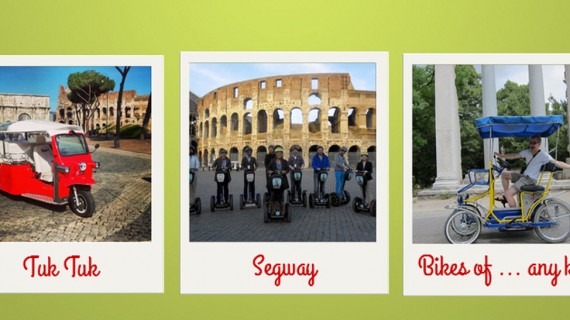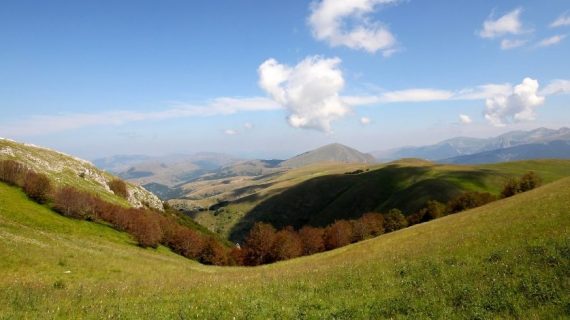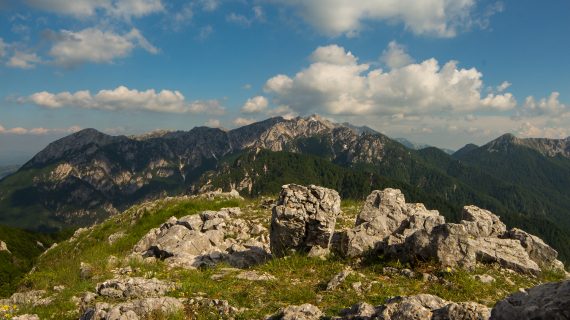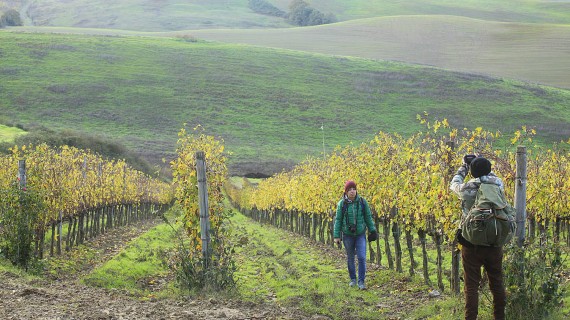The Circeo National Park covers about 8,500 hectares along the Tyrrhenian coast of Lazio. Just 100 km south of the Eternal City, a protected natural area where different but essential environments coexist, creating a perfect ecosystem. Thus, the coastal dunes protect the forest from the salty winds, allowing it to proliferate, while migratory birds can find shelter in the wetlands.
According to the Odyssey, after trying to turn Ulysses and his companions into swine, the enchantress Circe welcomed them on the Circeo, which was her home. In accordance with some, this legend comes from the fact that the Circeo promontory from above resembles a sleeping woman.
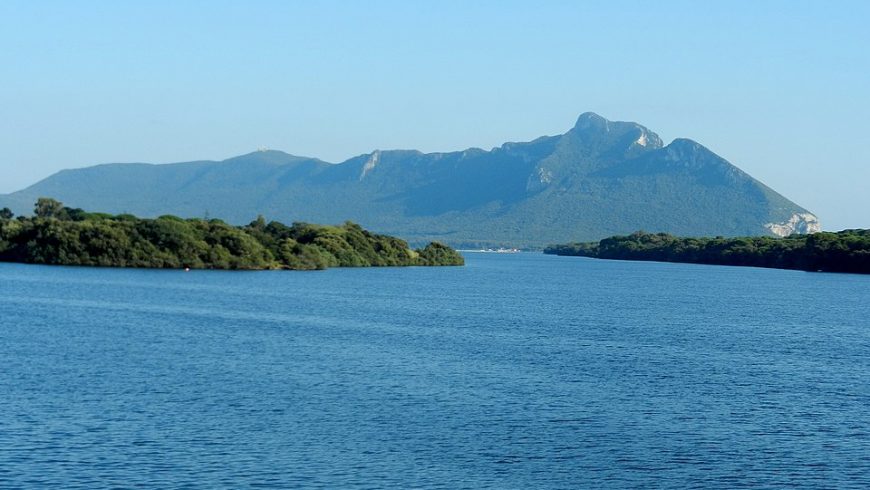
For every environment of the Circeo, its flora and fauna
The Circeo National Park has a wide variety of flora and fauna, different for each environment. In fact, the Park Authority was established in 1934 to protect and enhance the splendid naturalistic heritage of the territory.
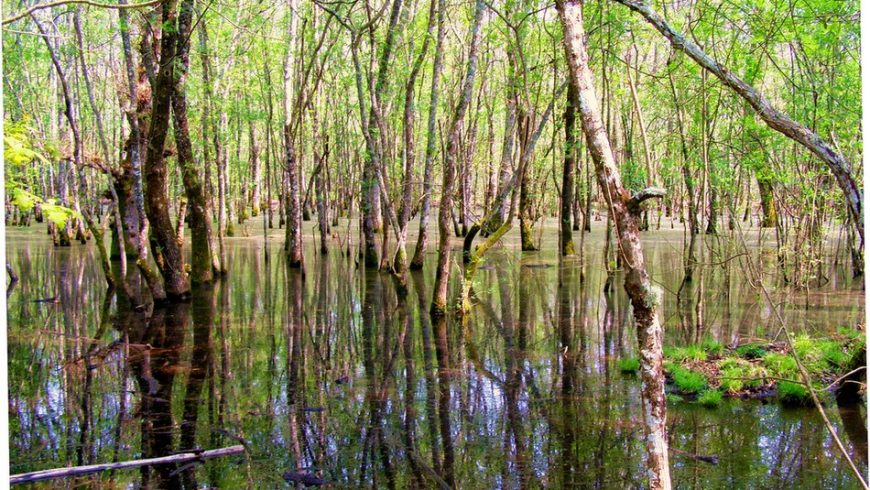
Firstly the forest, also called “Selva di Circe”, is one of the few best preserved lowland forests in Italy. Inside we find both dry areas, characterised by the presence of turkey oaks, stingers and aquiline fern, and wet areas called “Piscine”, where oak, ash and a few examples of poplar predominate. Regarding animals, wild boar is the king of the forest, even if many other Mediterranean species are present. On the other hand, the Piscine are home to various types of amphibians and reptiles, such as the green frog, the collar snake and the water tortoise.
- The wild boar. Photo by Anatoly Kalmykov on Pixabay
- The water tortoise. Photo by Capri23auto on Pixabay
Then, the Promontory is divided into two slopes: Quarto Caldo to the south and Quarto Freddo to the north. The former is characterised by vegetation suitable for arid climates due to the low rainfall, such as annual herbaceous species and sclerophyllous plants. The second instead is home to the typical Mediterranean evergreen forest, with black hornbeams and holm oaks. Here there are various species of mammals such as badgers, weasels and gnats.
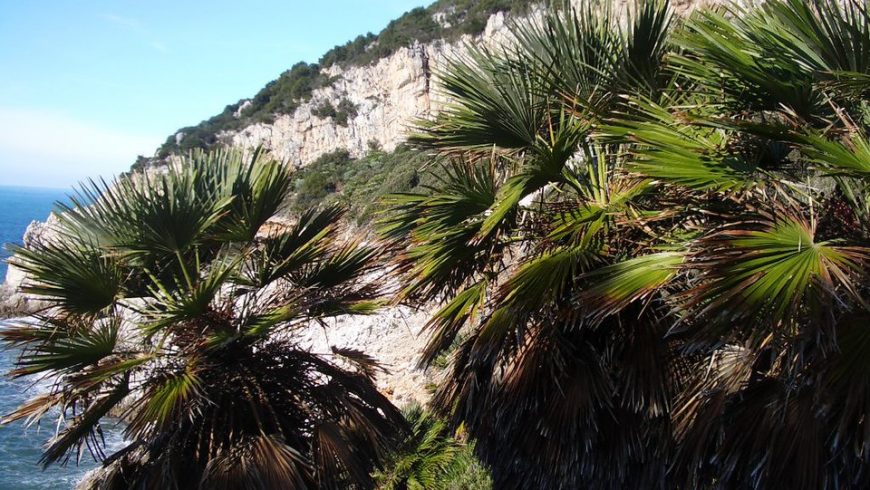
The Park also includes a 22 km long coastal strip of fine sands, Behind the beach, between the sea and the coastal lakes, the dune cordon rises in a half-moon shape. The coastal dune has lush vegetation, such as shrubs and bushes, which are home to many animal species including beetles, lizards, foxes, rabbits and badgers. Moreover, in autumn it is possible to observe the “barchette di San Pietro”, small jellyfish in the shape of a sailboat, which turn the beach blue.
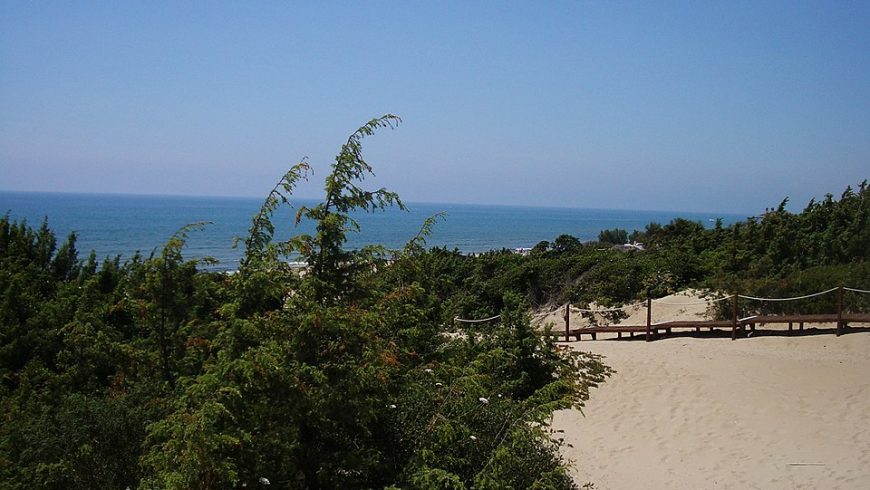
The shores of the lakes have a wealth of marshy vegetation, such as the marsh straw and the reed thicket. This environment, rich in brackish water, is particularly suitable for many species of migratory birds. For this reason, in the wetlands we find numerous colonies of birds such as the duck, the gadwall or the moorhen.
- Coastal lakes. By Hengist Decius, CC BY 2.0, via Flickr
- An egret in flight at sunset. By Paolo Fefe’, CC BY-ND 2.0, via Flickr
The island of Zannone
Finally, the island of Zannone is a small uninhabited island that became part of the Park in 1979 because of its naturalistic importance. In fact it is the only one among the Ponzian islands to have preserved its vegetal cover, rich in oaks. In autumn you can admire the spectacular flowering of ivy, while during the pass periods, the island is on the transit routes of migratory birds, including passerines and some birds of prey. Lastly, in 1922 the Sardinian mouflon was introduced in this island and it is now a protected species.
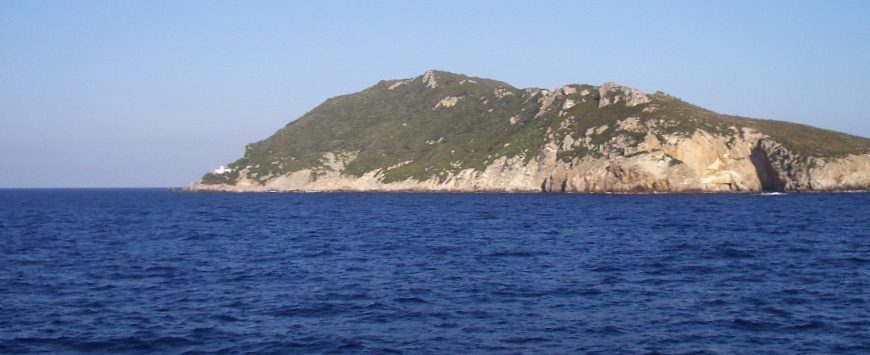
Excursions for everyone
The Circeo National Park offers numerous excursions on foot or by bicycle to explore the landscapes and to learn more about the historical-archaeological value of this extraordinary territory. One of the many options is to walk though the Park with the 5 official hiking routes of varying difficulty. For example, you can enter the forest and observe one of its “piscine”, or look back over the evolution of human presence in the area, from prehistoric times to the present day.
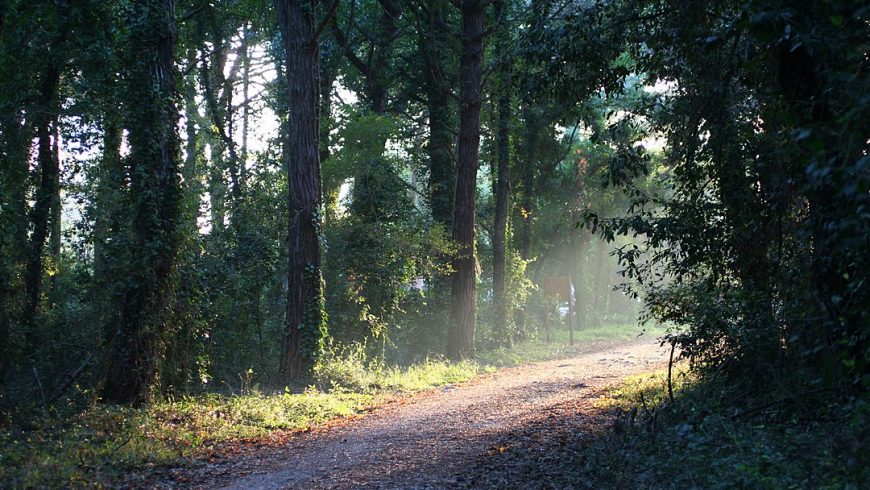
Here is an example of a route: Nature Trail of Sabaudia Visitors Centre
- Difficulty: Easy
- Length: 2.5 km
Along this path there are resting points with descriptive panels illustrating the fauna and vegetation features of the forest. In addition, a village of huts, formerly inhabited by shepherds and woodcutters, called “lestra”, and a charcoal pile has been rebuilt along the path. The purpose is to represent the man-territory relationship that has always existed in this Park.
The paths of the Circeo Promontory
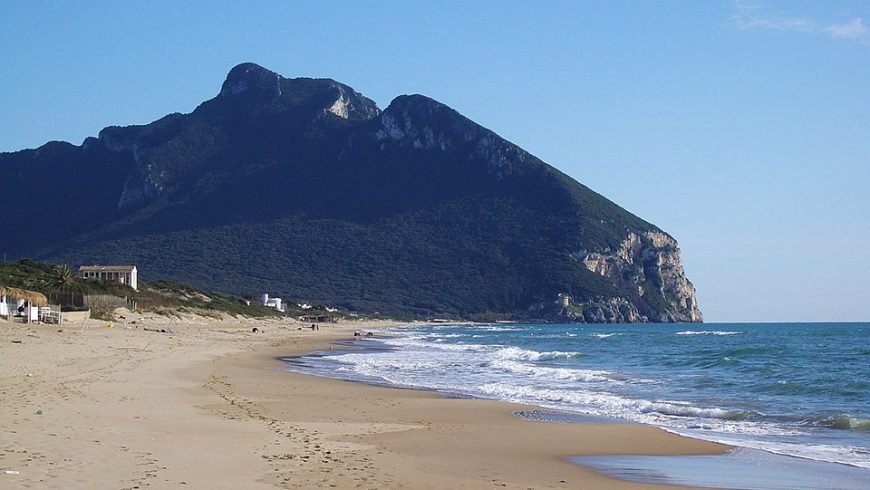
The path network of the Circeo Promontory extends for 21 kilometres and allows you to cross the entire promontory, a suggestive environment. Through these paths in fact you can reach places rich in historical and cultural value. For instance, the historical centre of San Felice Circeo, the Napoleonic outpost of the “Batteria”, Tower Fico and Tower Paola, two coastal fortifications of the 16th century or the Acropolis of the Circei with its cyclopean walls.
- Tower Paola. Photo by di Egnoka via Wikimedia Commons
- Immaculate Church of San Felice Circeo. By Iubilatedeo, CC BY-SA 4.0, via Wikimedia Commons
Accessibility
Most of the routes within the Circeo National Park are easily accessible due to the natural predisposition of the territory. In fact it is mainly flat, so accessible to orthopaedic wheelchairs with an accompanying person. Moreover, a nature trail has been created for the vision-impaired, integrated in the “botanical garden” of Villa Fogliano.
Local food and wine
The Circeo National Park offers a rich and healthy local food and wine. First of all, the territory is included in the production area of Mozzarella di Bufala Campana Dop. Despite this, the activity is limited to buffalo breeding and the sale of meat and milk. Furthermore, in the surrounding areas there is a significant fishing practice (in the lakes of Caprolace, Fogliano and Monaci) and the production of pine nuts. Finally, it is worth mentioning the viticulture (and the production of the “Circeo” DOC wine) and the beekeeping, whose leading product is the monofloral eucalyptus.
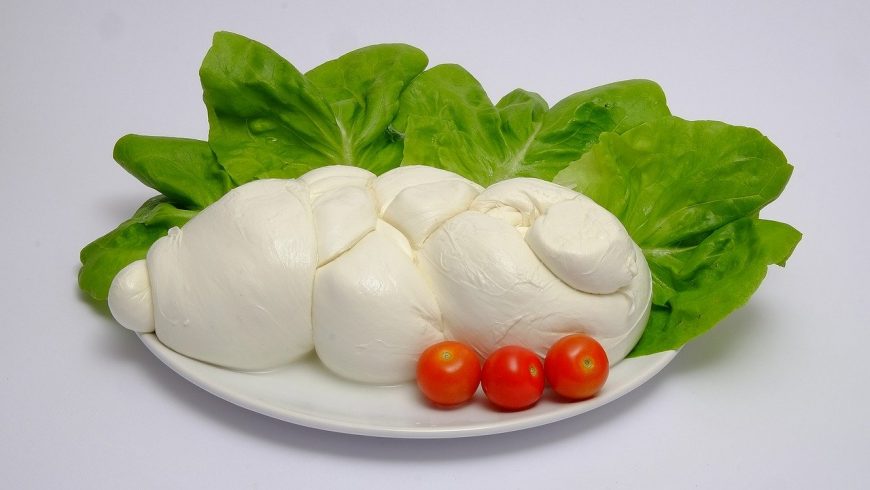
Blue fish festival in San Felice Circeo
At the end of the summer, the inhabitants of San Felice Circeo organize periodically the blue fish festival. This event celebrates the seafaring identity of the town through tastings of local fish. Among the most appreciated there are anchovies, cods and huchen. All this is accompanied by local wine and specialities prepared by the housewives of the village, such as the Sanfeliciane wine donuts.
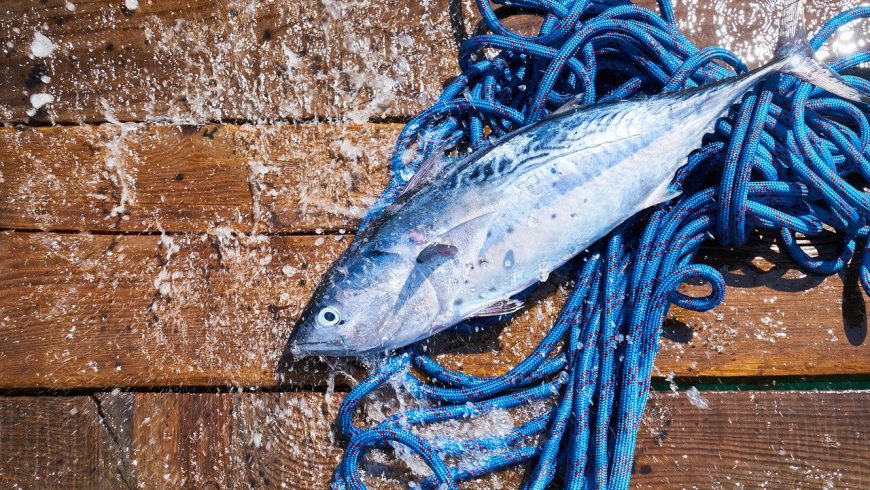
Green hospitality
Finally, we propose some eco-sustainable accommodation near the Circeo National Park, where you can stay during your holiday in the province of Latina.
B&B Piccolo Rifugio
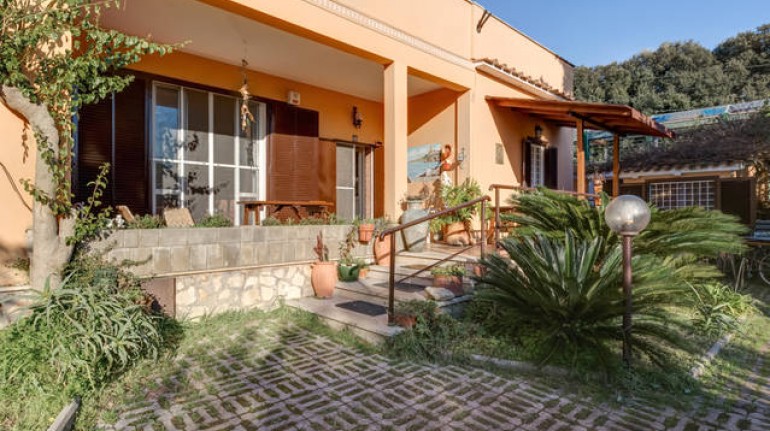
An environmentally friendly bed & breakfast near the beautiful Villa Imperiale in Anzio, 300 meters from the beach, and one hour from Rome. In this structure breakfast is mostly organic and zero km, and when possible products are from their garden. Moreover, there is a riding school near the B&B, for those who love horses.
B&B in Paglia e Legno
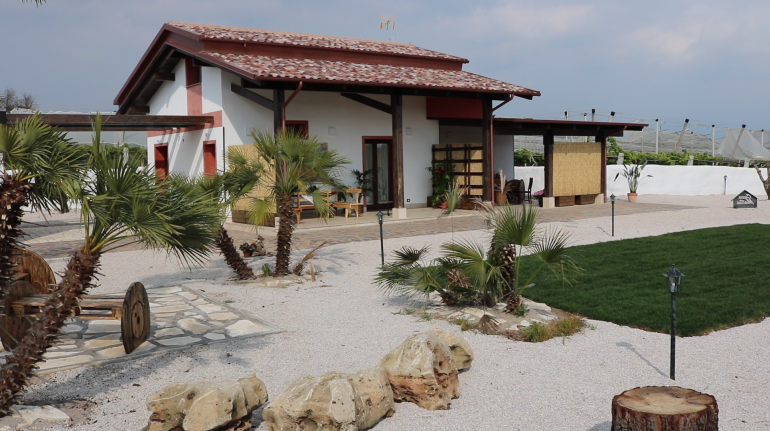
Casa Mattia is a Bed & Breakfast located in Cisterna di Latina, just one hour from San Felice Circeo. Its structure is made with ballets of straw, wood and plaster in clay and lime. In short, a perfectly biocompatible structure and able to guarantee health and living comfort.
Le Scalette Affittacamere Terracina
A stone’s throw from the main points of cultural and artistic interest. The property is located in the historic centre of Terracina and a few minutes walk from the beautiful beaches, crossing the central city streets. Le Scalette is also easily accessible by public transport. We are in fact very close to the city and suburban bus stop.
Cover image: By Sparrer77 – Own work, CC BY-SA 4.0, via Wikimedia Commons
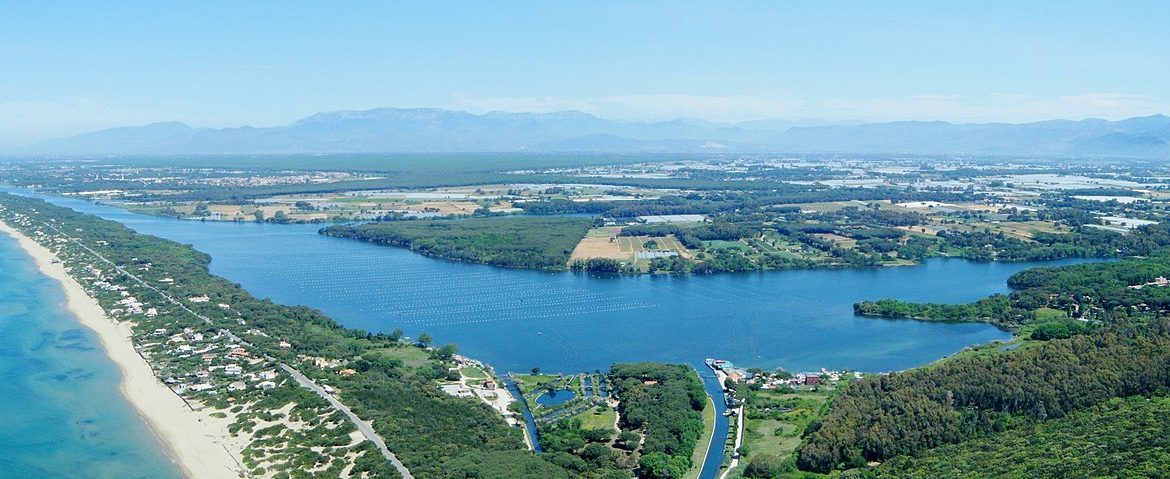
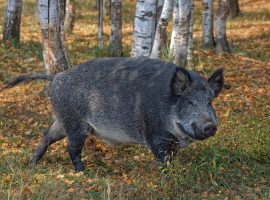
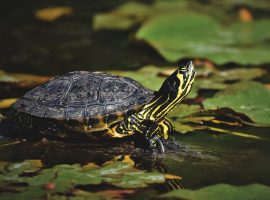
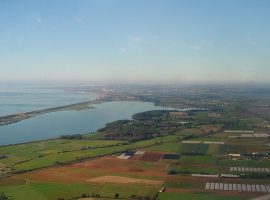
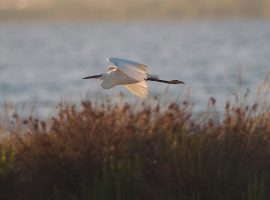
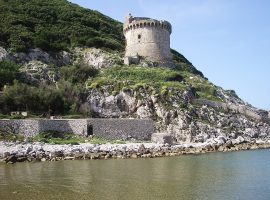
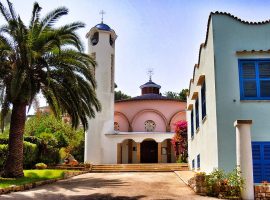
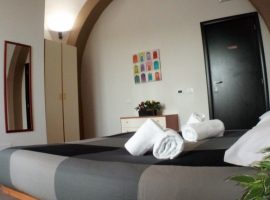
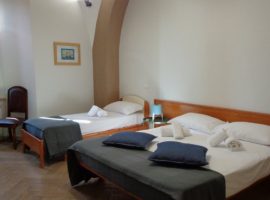
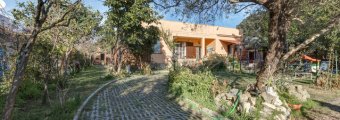 B&B Piccolo Rifugio – Green Bed & Breakfast in Marechiaro Anzio, Roma, Lazio, IT
B&B Piccolo Rifugio – Green Bed & Breakfast in Marechiaro Anzio, Roma, Lazio, IT  B&B in Paglia e Legno – Green Bed & Breakfast in Cisterna di Latina, Latina, Lazio, IT
B&B in Paglia e Legno – Green Bed & Breakfast in Cisterna di Latina, Latina, Lazio, IT  Le Scalette Affittacamere Terracina – Green Bed & Breakfast in Terracina, Province of Latina, Lazio, IT
Le Scalette Affittacamere Terracina – Green Bed & Breakfast in Terracina, Province of Latina, Lazio, IT 